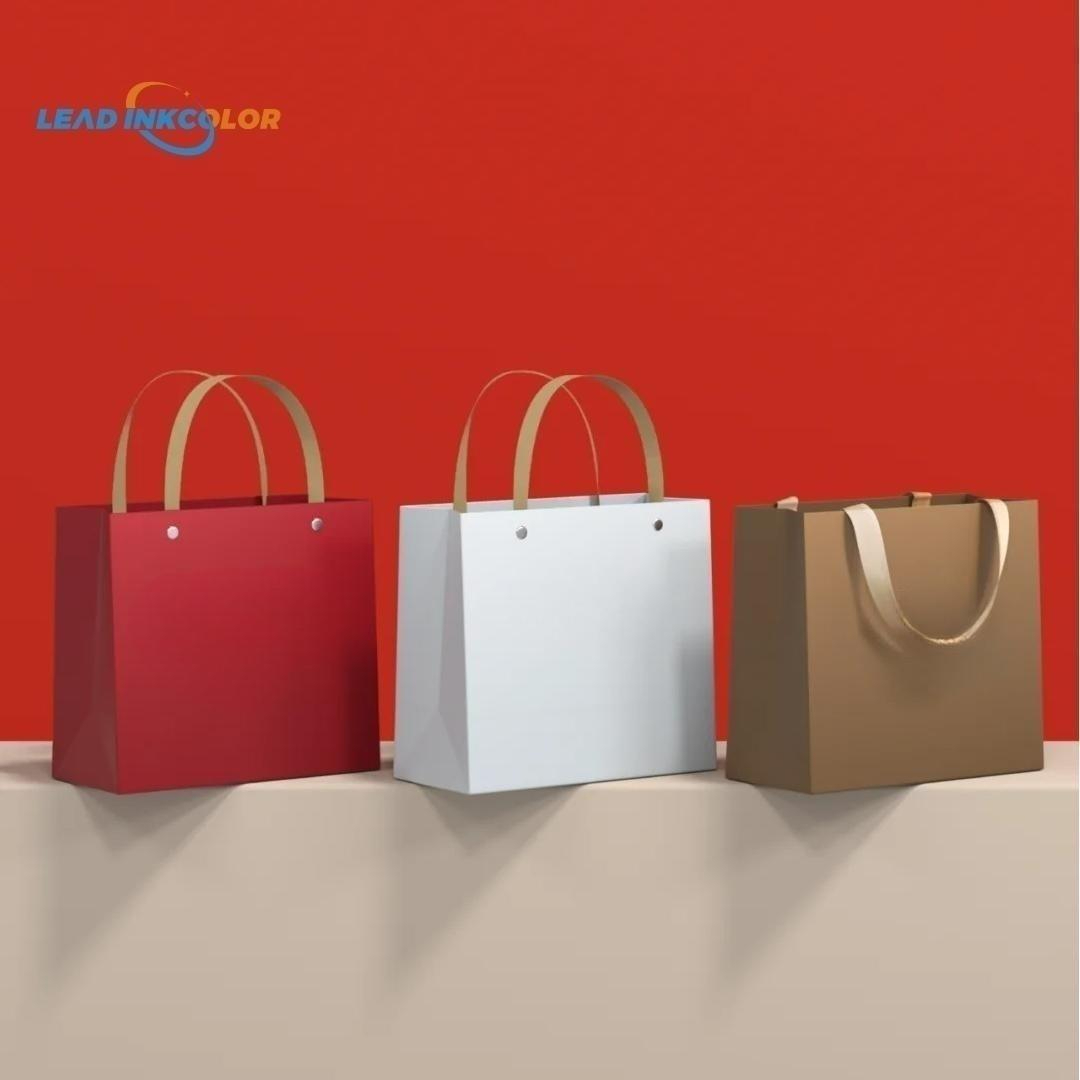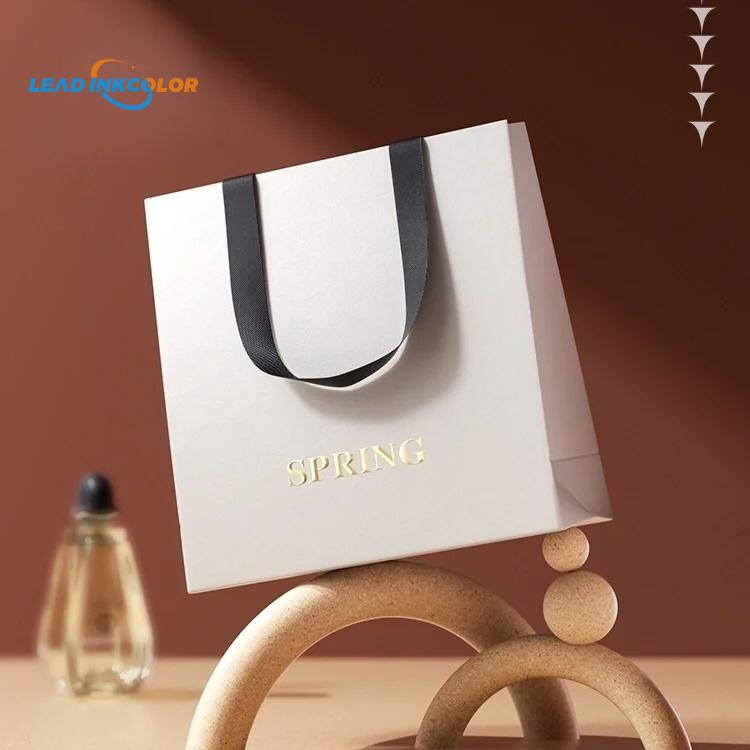-
home dongguan Houjie Industrial Park

The Evolution of Perfume Packaging Box Design: Then, Now, and Next
[ad_1]
The art of perfume packaging has undergone a significant transformation over the years, from traditional ornate boxes to modern, sleek, and eco-friendly designs.
Then: The Early Years of Perfume Packaging
Historically, perfume packaging was limited to simple glass bottles with wooden or metal caps and linen pouches. The focus was on showcasing the perfume’s contents rather than the packaging itself.
In the 18th and 19th centuries, perfume bottles became more ornate, featuring delicate engravings, lace, and crystal. However, these intricate designs were often lost on the consumer, who primarily focused on the perfume itself.
Now: Modern Perfume Packaging
In recent years, the perfume industry has shifted its attention to the packaging, recognizing its importance in attracting and retaining customers. Today, perfume packaging is a vital component of the product’s overall branding and marketing strategy.
Modern perfume packaging has evolved to feature:
- Eye-catching designs and colors
- Illustrative and artistic packaging
- Eco-friendly materials and sustainable practices
- Functional designs, such as refillable containers
Brands like Jo Malone and Diptyque have successfully leveraged innovative packaging designs to stand out in a crowded market. These brands prioritize aesthetics, functionality, and sustainability, resulting in packaging that not only showcases their products but also reflects their brand values.
Next: The Future of Perfume Packaging
The future of perfume packaging is likely to focus on:
- Advanced Materials: Biodegradable plastics, recycled materials, and innovative sustainable packaging solutions will continue to emerge, driving the industry towards eco-friendliness.
- Digital Integration: The integration of digital technologies, such as augmented reality (AR) and NFC (Near Field Communication), will enable consumers to interact with packaging in new and innovative ways, enhancing the overall experience.
- Customization: As consumers become increasingly demanding, personalized and tailored packaging solutions will be developed to cater to individual tastes and preferences.
- Experiential Packaging: The blurring of lines between packaging and experience will become more prominent, with brands incorporating interactive elements, such as scents, sounds, and textures, to create immersive experiences.
As the perfume industry continues to evolve, packaging will remain a crucial aspect of brand differentiation, customer engagement, and commercial success. Brands must adapt to changing consumer demands, leverage innovative technologies, and prioritize sustainability to remain competitive in the market.
Conclusion
The evolution of perfume packaging design is a testament to the industry’s ability to adapt and innovate. As we look to the future, it is clear that brands must prioritize sustainability, digital integration, customization, and experiential packaging to remain relevant in an increasingly competitive market. By doing so, the perfume industry will continue to flourish, with packaging playing a vital role in the success of brands and products alike.
FAQs
Q: What factors drive the evolution of perfume packaging design?
A: Advancements in technology, changes in consumer behavior, and shifts in the perfume industry itself drive the evolution of perfume packaging design.
Q: What is the most significant trend in modern perfume packaging?
A: Sustainability is the most significant trend, with more brands focusing on eco-friendly materials and practices.
Q: What is the potential impact of digital integration on perfume packaging?
A: Digital integration will enable consumers to interact with packaging in new and innovative ways, enhancing the overall experience and increasing brand engagement.
Q: Will customization continue to play a significant role in perfume packaging design?
A: Yes, customization will remain a crucial aspect of packaging design, with brands tailoring their solutions to individual tastes and preferences.
Q: How can brands ensure the longevity of their packaging designs?
A: Brands must balance innovation with sustainability, prioritizing eco-friendly materials and practices while also incorporating digital integration, customization, and experiential elements to create lasting impressions.
[ad_2]





